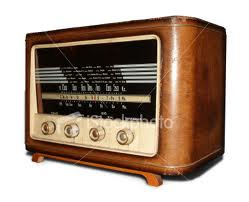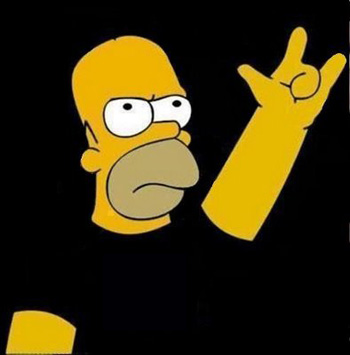
How Hip Hop Is Becoming the New Oldies
There’s some weird juxtaposition in that headline, but if you read this article from the New York Times Magazine, you’ll get the point.
Less than a year ago, the Indianapolis radio station WRWM, then known as Indy’s i94, was the 15th-most-popular station in the Central Indiana market. It played a forgettable mix of Maroon 5, Sam Smith and other staples of what in radio lingo is called hot adult contemporary — the sort of stuff that drivers might alight on for a song or two but rarely add to their presets. For the last six months of 2014, among listeners ages 6 and older, the station’s Nielsen ratings hovered around a 2.0 share, meaning roughly 2 percent of radio listeners in the market tuned in.
I94’s corporate parent, Cumulus Media — a conglomerate that owns about 460 radio stations in 90 U.S. markets — thought it could do better. Last fall, Davey Morris, a Cumulus program director at one of the company’s branch offices in Providence, R.I., called Jay Michaels, the station program director at i94, to discuss a number of ideas for revamping the floundering station, up to and including a format change. Changing formats is something radio stations avoid as best they can: It’s expensive and, for corporate-owned stations, usually involves extensive market research. If i94 changed, it would be the station’s 10th switch in 21 years.
The 93.9 slot in Indianapolis hadn’t enjoyed any real success since it first went live in 1993. That year, it began as Ecstasy (WXTZ), an independently owned easy-listening station. It switched to a solid-gold soul format in 1996, then to smooth jazz the next year. It switched again in 1997, to country, and that year it was acquired by a conglomerate called Susquehanna Radio. Susquehanna moved its country station (104.5 the Bear, WGRL) down the dial to occupy the 93.9 frequency, before switching it to ’80s hits in 2001, and from that to contemporary Christian in 2004.
The station became syndicated talk radio in 2006, and later that year Susquehanna was acquired by Cumulus Media. Along the way, there were dalliances with stunt formats and place holders: Christmas music and TV-show themes for days on end; nothing but construction noises at one point; at another, ‘‘The Lonesome Road,’’ by Dean Elliot & His Big Band, and ‘‘Swans Splashdown,’’ by Jean-Jacques Perrey, played on a loop. Late in 2007, Cumulus switched to the somewhat gross call letters WARM, with 93 hours of commercial-free easy listening and soft-rock. In July 2009, after the station finished 21st in the local ratings, it switched to a Top 40 format and changed its name to i94. Two years later, the station became ‘‘Indy’s i94’’ and added older hits to its mix, thereby becoming hot adult contemporary. ‘‘We’d [flipped] so many times, it was really hard to build a fan base,’’ Morris said. ‘‘We were never anybody’s first choice. We were their fourth choice.’’
Morris and Michaels started talking about what Indianapolis radio needed. The market was saturated: Emmis Radio had country, news/talk, soft adult-contemporary stations and sports; iHeartMedia had classic rock, alternative and sports covered; Radio One had a gospel station, plus three contemporary hits stations; Entercom had two of those, plus sports. One of the ideas the two came up with was a variation on a new format: classic hip-hop, pioneered just a month earlier by a Radio One station in Houston called Boom 92.1. By playing hit ’90s rap records, Boom tripled its audience, and Radio One had begun to duplicate the strategy in other markets.
The two men brought the idea to Cumulus’s executive vice president of content and programming, John Dickey. Around the same time, Dickey caught word that Radio One was planning to launch a Boom clone in Indianapolis. He was determined to beat them to market. He told Morris to do a ‘‘classic hip-hop holiday weekend,’’ to test listener reaction and stake their claim to the format in Indianapolis.
Michaels dropped the needle on Naughty by Nature’s ‘‘Hip Hop Hooray’’ at 3 p.m. on Dec. 19. LL Cool J’s ‘‘Around the Way Girl’’ followed, then ‘‘Move,’’ by Ludacris. ‘‘We set up a voice-mail box for listener feedback,’’ Michaels said. ‘‘I was expecting lots of complaints. We went from playing Maroon 5 to ‘Me So Horny.’ ’’ The phone rang so much they had to clear the mailbox every day. Callers were ecstatic. The station never returned to its old format.
Fascinating. Keep going.




Little edit problem there Alan, duplicate paragraph on the format changes at 93.9
Thanks. Fixed! Monday, you know?